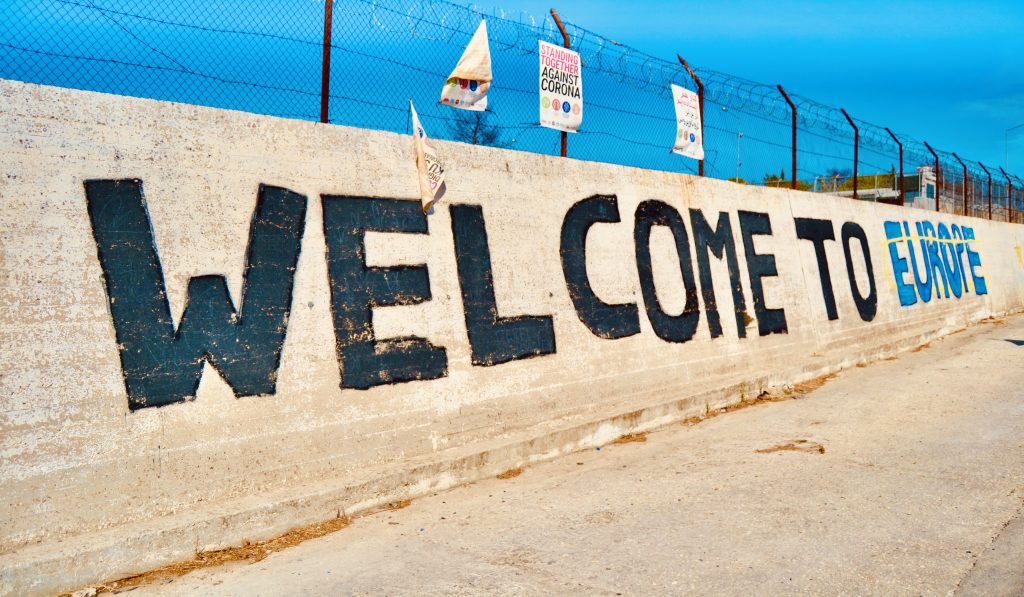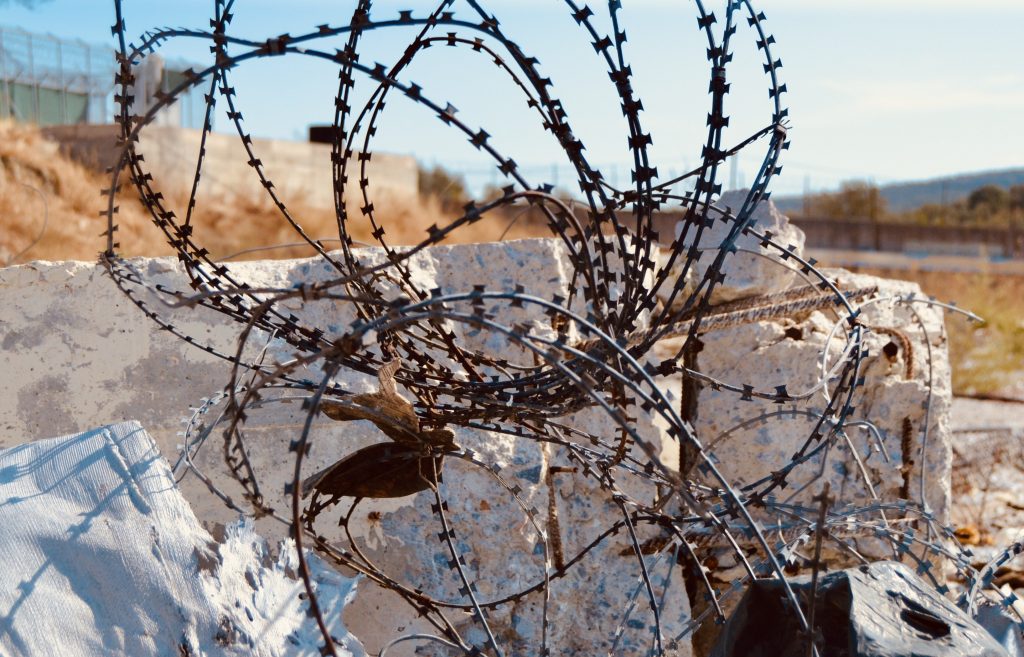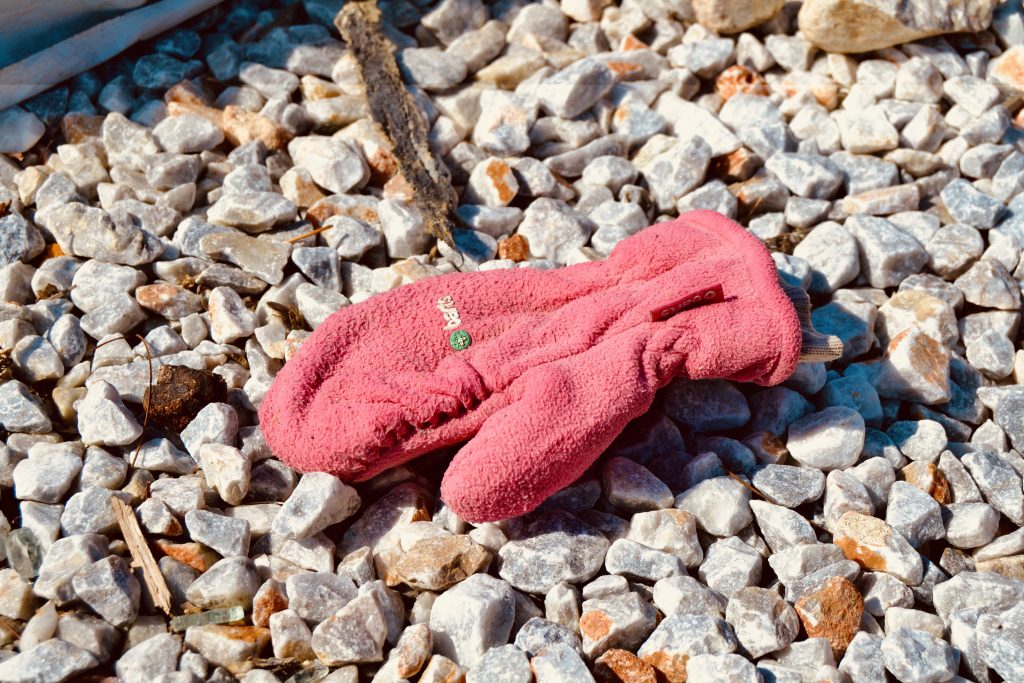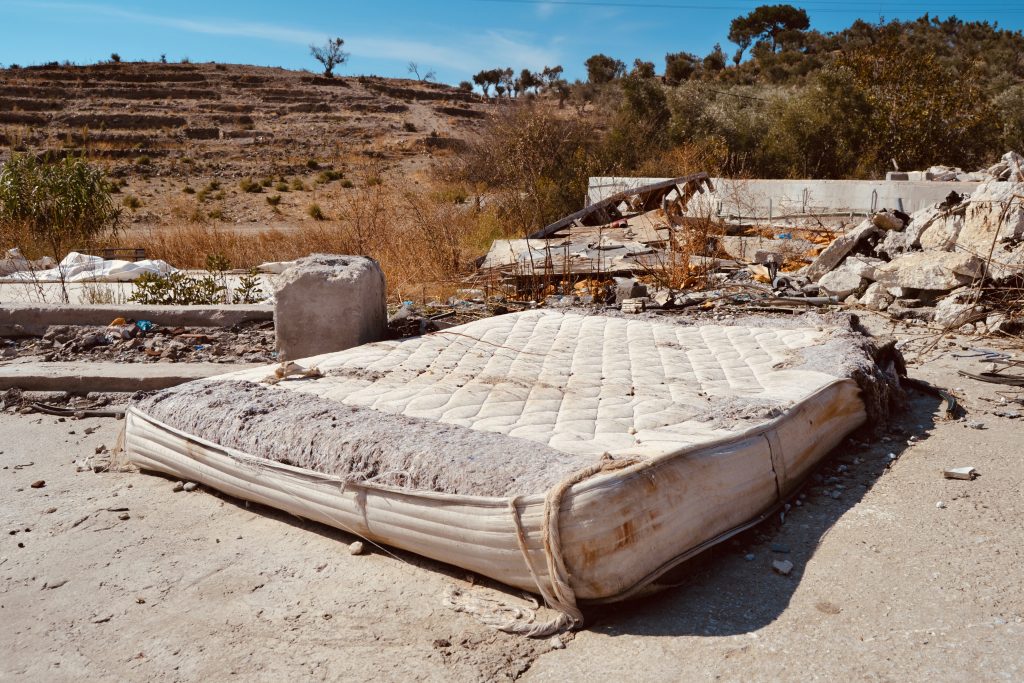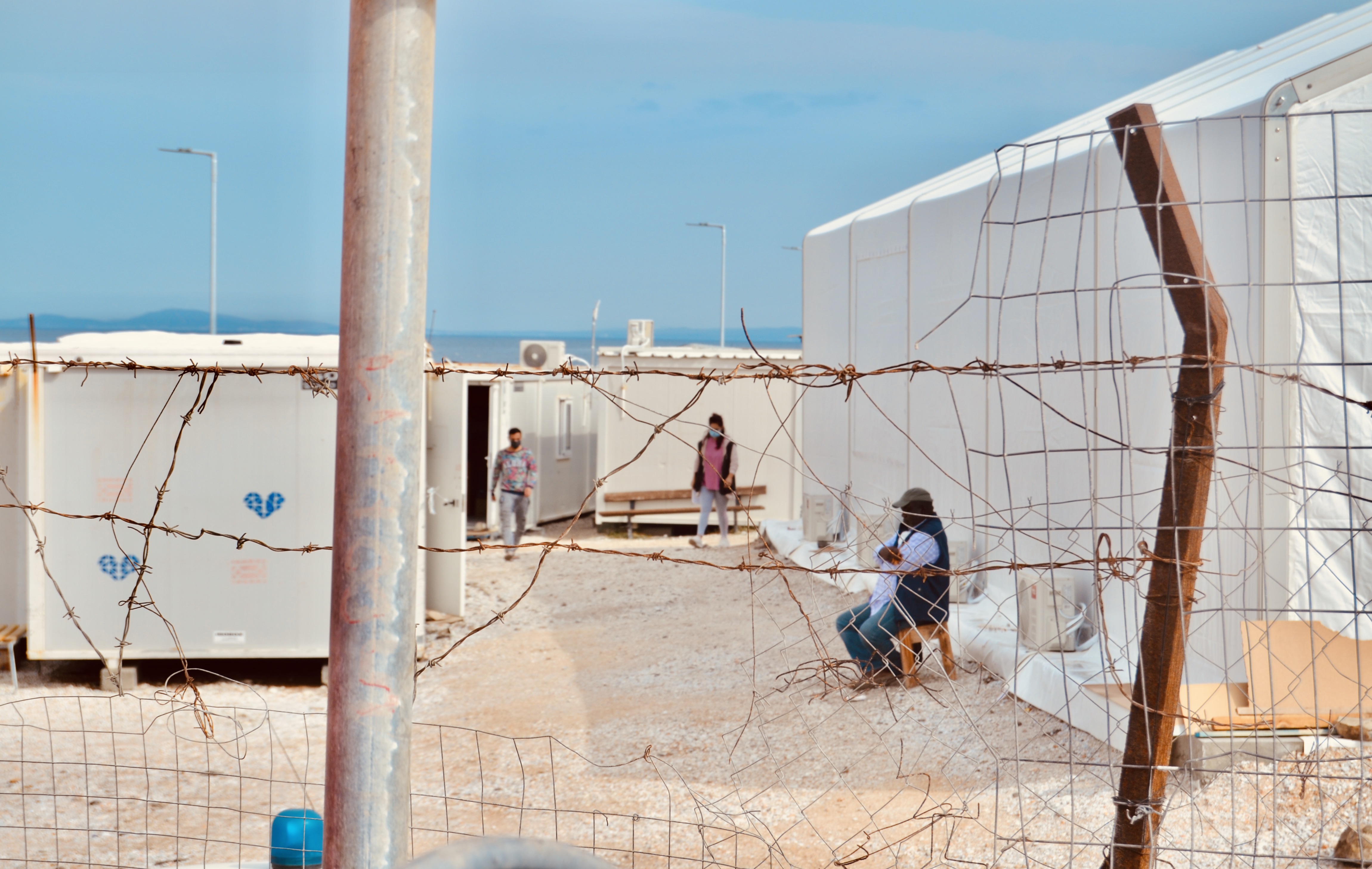Lesvos, among those who are suspended
The local partner of the project Snapshots from the Borders, Eloris Foundation, organized a field visit to the island of Lesvos. The foundation, in the partnership, represents the North Aegean Region which includes, in addition to Lesvos, Chios, Psara, Oinousses, Ikaria, Fournoi, Korseon, Lemnos, Agios Efstratios and Samos.
Mary Konstantoglou, the director of Eloris, with the communication and European projects manager Ralou Tatari and the financial manager for European projects, Dimitris Lamprou, led the delegation in the visit of the city of Mytilene and the island of Lesvos.
On the first day, at the headquarters of the foundation, a meeting was held between the delegation and the vice-governor of the North Aegean Region, Dimitris Koursoubas, where it was possible to have a comparison on the practices of border territories, between the Italian model (with the quarantine ships and the hotspot of Lampedusa in particular) and the Greek one still linked to the idea – at least on the islands – to the model of the camps.
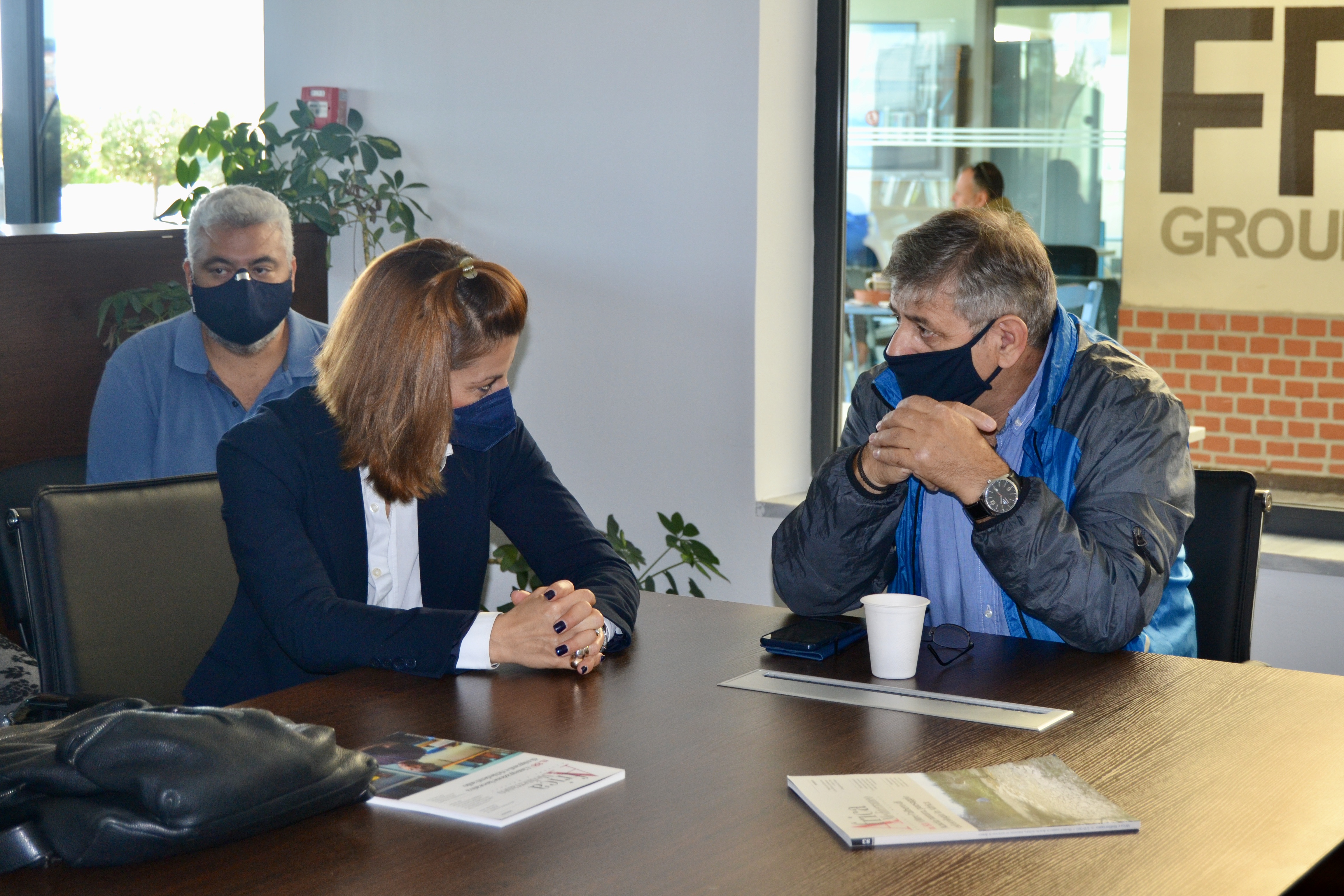
The delegation was then received at the UNHCR headquarters on the island. Theodoros Alexellis, Assistant Liasion Officer, talked about how the numbers of arrivals on the island, in the last two years, have undergone an important decrease.
“In Lesvos, from 2015 to 2016, 650,000 people arrived, compared to the one million people who arrived in the whole of Greece during the same period. At the moment, 3500 people are on the island, a small part of them is housed in some private apartments with the support of UNHCR and solidarity associations, based on rankings drawn up with respect to vulnerability criteria. The others are located in the temporary center that arose after the fire of the Moria camp in 2020. In general, the government directive is to have a single camp for each of the large Aegean islands and the model will be that of the newly built island of Samos. If we think about the housing conditions at the time of Moria, surely within that camp (which should be ready in September 2022, but work is delayed) there will be better housing conditions, although the level of control will be maximum. One can argue about the camp model in general, but certainly the violence of March 2020 – when up to 20,000 people were on the island – against migrants and aid workers and the poor security conditions for migrants and locals should never occur again. The new camp, which will have a maximum capacity of 5,000 people, will have a very remote location on the island, but efforts will be made to ensure connections. For us at UNHCR, it is fundamental to guarantee access to asylum requests and a form of pre-integration: today the time required to analyze applications has greatly improved, but there is still a lot of work to be done”.
Regarding the reason why the number of arrivals has decreased, Alexellis believes that it is the sum of different factors, including increased controls by Turkey and also illegal rejections on which the UN agency continues to monitor.
